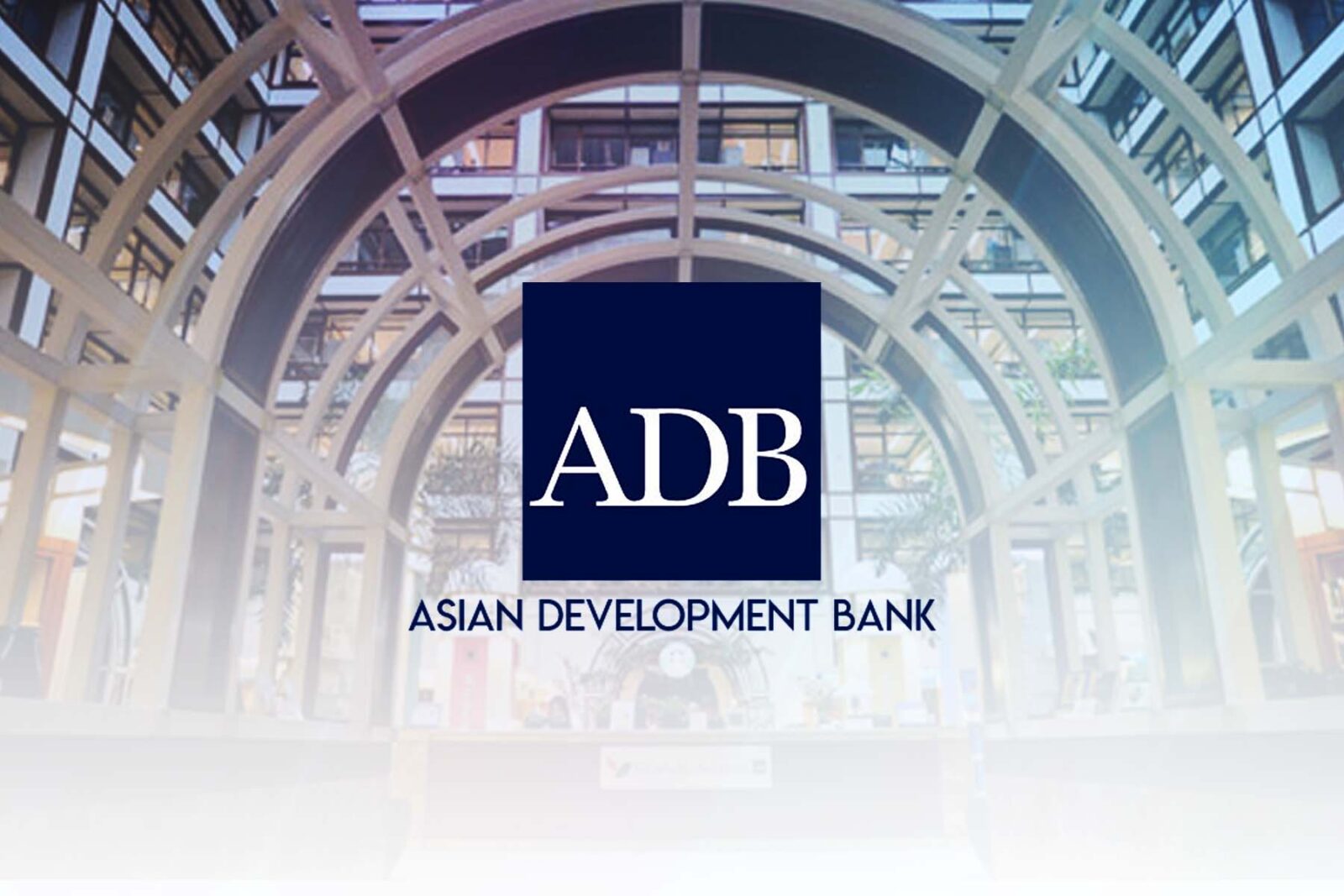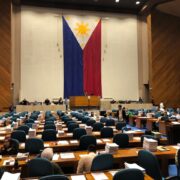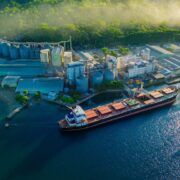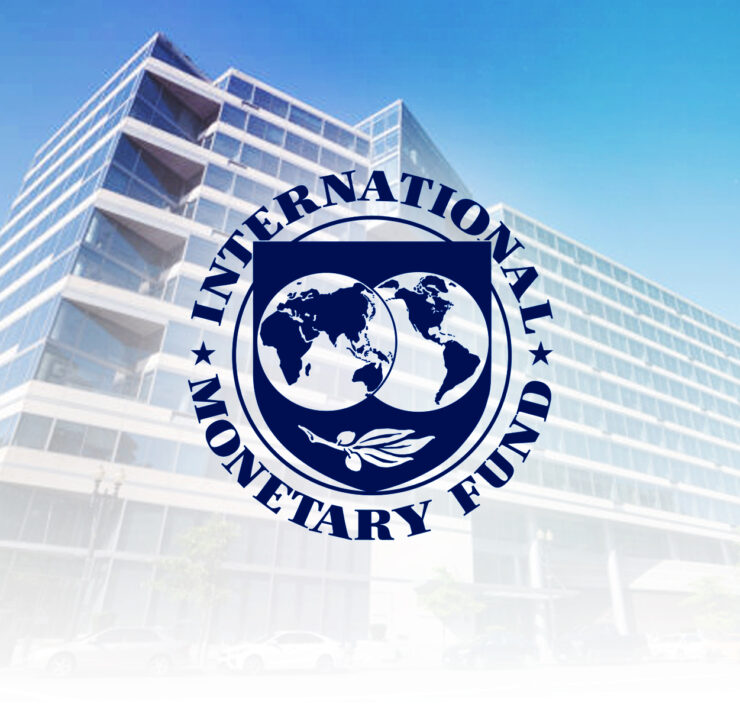ADB trims growth outlook on PH

The Asian Development Bank (ADB) cut its growth outlook on the Philippines for this year, tracking a broad downgrade in the Asia Pacific as the region faces challenges from rising trade barriers and significant uncertainty.
In its flagship Asian Development Outlook report published on Wednesday, the Manila-based multilateral lender trimmed its 2025 gross domestic product (GDP) projection for its host country to 6 percent, from 6.2 percent previously.
But the ADB penciled in a faster growth rate of 6.1 percent for the Philippines in 2026.
The latest revisions, however, means the local economy might not grow at the level that the Marcos administration has hoped to achieve. The government is currently aiming for a 6.5 to 7.5 percent expansion this year, and a 6.5 to 8 percent growth in 2026 until the end of President Marcos’ term in 2028.
But the ADB’s revised forecast still put the Philippines as the third fastest-growing economy in Southeast Asia in 2025, next to Vietnam’s 6.6 percent and Cambodia’s 6.1 percent.
Developing Asia
The growth forecast for the Philippines was also better than the 4.9 percent average expansion that the ADB penciled in for Developing Asia for 2025. This group comprises the 46 members of the ADB.
But there are important notes on the ADB’s new outlook.
Albert Park, chief economist at the Bank, said the forecasts were finalized before US president Donald Trump unveiled his “Liberation Day” tariffs on the rest of the world on April 2.
Recall that Trump unveiled a milder 17-percent tariff on Filipino goods, among the lowest in Asia. This was still lower than the 34 percent that the Philippines charges on inbound shipments from the US, including the estimated cost of non-trade barriers.
Ultimately, Park said it was important to understand the economic trends in the region before the April 2 announcement because “they really do shape in important ways the future trajectory of economic performance” in Asia.
“The report thus provides an analysis of the impact of the April 2 tariffs if they are implemented as announced,” Park explained in a news conference.
“They would reduce regional growth by about a third of percentage point this year, and close to a full percentage point next year,” he added.
Zooming in, Abdul Abiad, economist at ADB, said that while Southeast Asia would be “pretty badly” hit by the tariffs, the picture still “varies” for the region.
“Take the Philippines… the tariff is substantially lower at 17 percent. Plus, the dependence of the Philippines on US final demand is also lower,” Abiad told the same press conference.





















Weathering the storms together